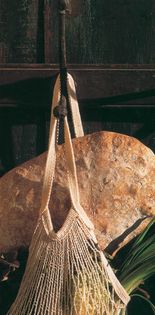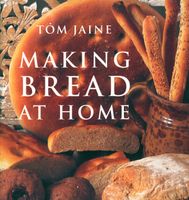🔥 Celebrate new books on our BBQ & Grilling shelf with 25% off ckbk membership 🔥
Ciabatta
Italian slipper bread

- Makes
1
loaf - Difficulty
Medium
By Tom Jaine
Published 2005
One of the great successes of British breadmaking in the last ten years has been the overwhelming acceptance of this Italian loaf! The dough and the method come from the north of Italy, around the city of Como at the edge of the great Alpine lake, though it has perhaps travelled further in mind and technological process than actual miles on the road. What appeals especially to the English is the cakey tenderness that comes from olive oil in the dough and the soft yet flavorous crust.
<Ingredients
Method
Become a Premium Member to access this recipe
Unlimited, ad-free access to hundreds of the world’s best cookbooks
Over 150,000 recipes with thousands more added every month
Recommended by leading chefs and food writers
Powerful search filters to match your tastes
Create collections and add reviews or private notes to any recipe
Swipe to browse each cookbook from cover-to-cover
Manage your subscription via the My Membership page
Part of
Advertisement
Related Recipes
-
-
-
-
Related Reference
-
-
-
-
Advertisement




No reviews for this recipe